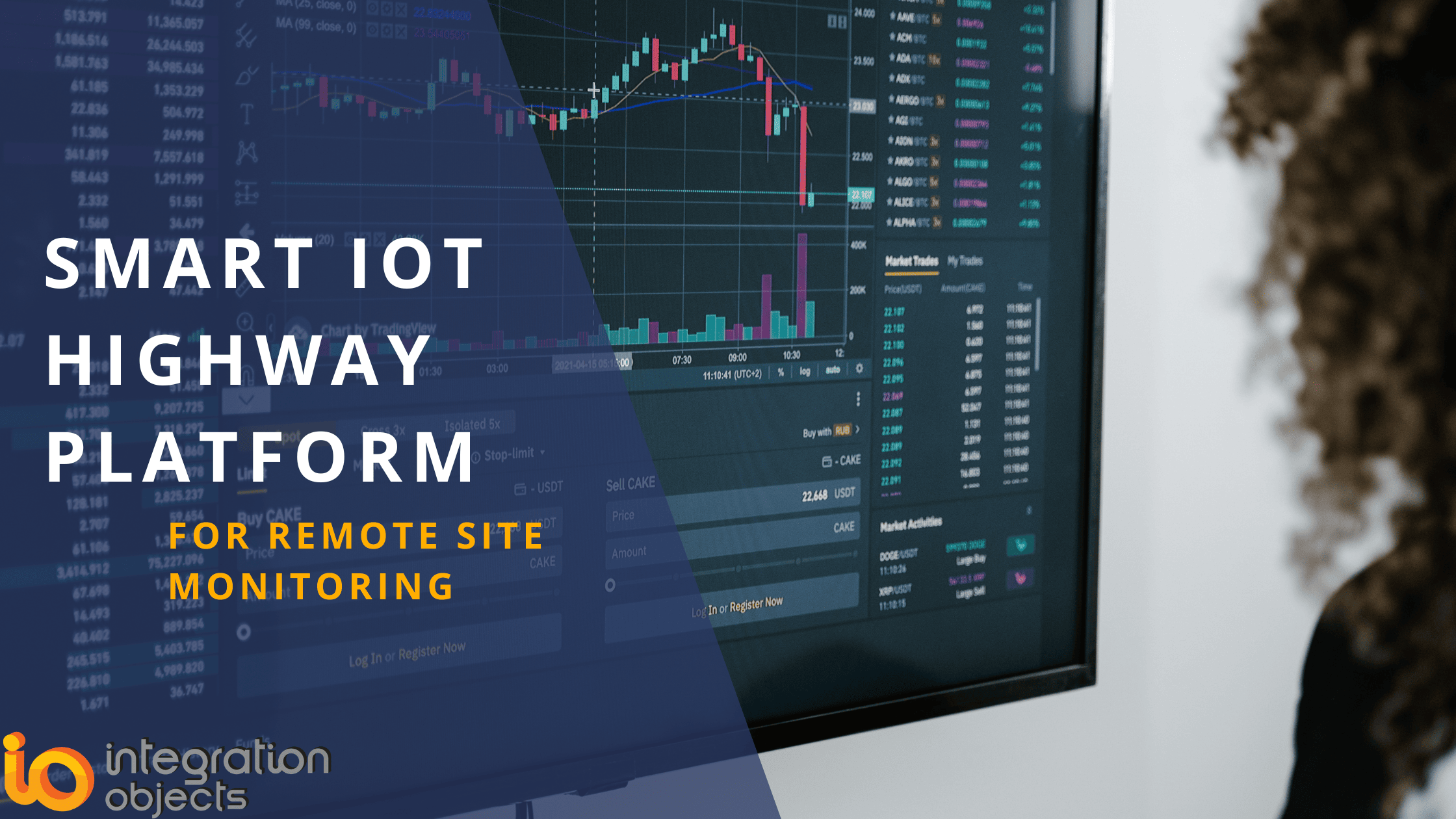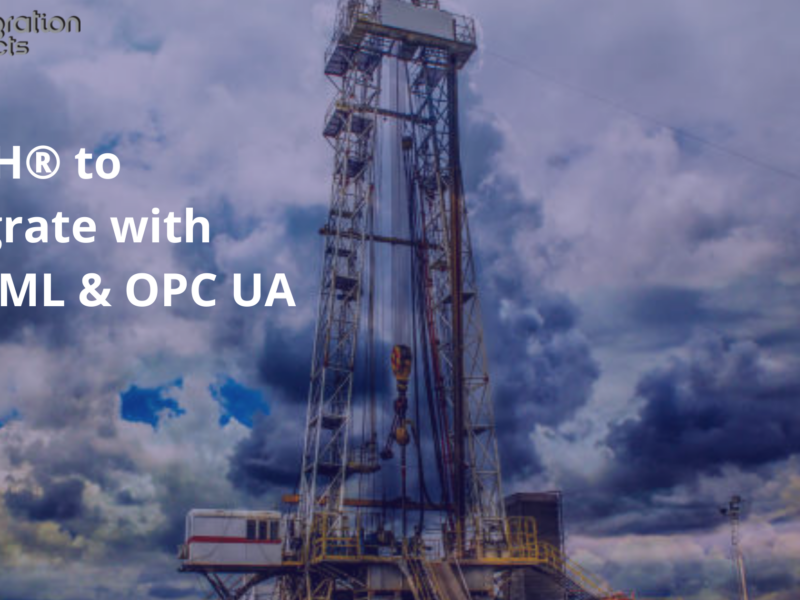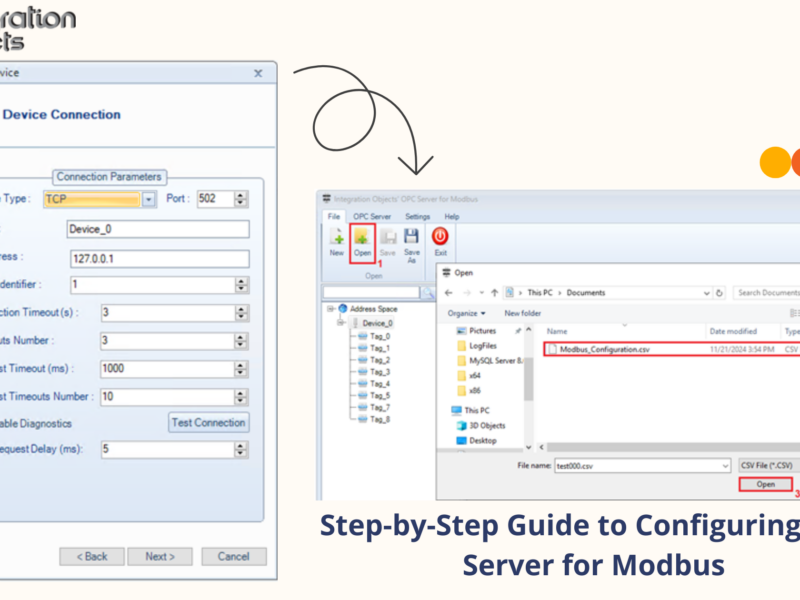In today’s industrial landscape, ensuring smooth communication between Operational Technology (OT) systems and Information Technology (IT) systems is paramount for optimizing efficiency and ensuring safety monitoring.
However, IoT integration poses significant challenges when dealing with remote site monitoring, multiple networks, domains and different stakeholders.
In response to these challenges, Integration Objects offers Smart IoT Highway (SIOTH®) platform tailored to enable such integration while complying with the ISA 99 / IEC 62443 industrial cybersecurity standards, and the different stakeholders’ policies.
Challenges in Remote Site Monitoring:
With IoT technology rapid growth, OPC UA’s ability to seamlessly connect various industrial systems and increased need to interconnect systems, the volume of generated data inevitably surges. Collecting and archiving such data is crucial for preserving critical information derived from processes, machines, and systems, enabling organizations to maintain comprehensive records for analysis, compliance, and decision-making.
While numerous solutions are available for data archiving, managing and integrating data across remote industrial sites presents unique challenges that organizations must deal with. Let’s explore these challenges in detail:
- Scalability: Handling and archiving large data volumes from remote sites and transferring them to a centralized system can strain existing infrastructure, necessitating scalable solutions to efficiently manage increasing data loads.
- Cyber Security: Collecting data from remote sites requires adherence to diverse network architectures, security policies, and restrictions, adding complexity to ensuring data availability while complying with robust cybersecurity measures.
- Interoperability: integrating data from multiple and diverse OT systems and establishing a unified data model poses a significant challenge. Diversity in used communication protocols, and discrepancies in data representations, naming conventions, and hierarchy across multiple remote sites can hinder integrations efforts and complicate data gathering and archiving within a centralized system.
- Data Synchronization: Maintaining real-time data synchronization across multiple remote industrial sites is crucial. However, challenges such network latency, bandwidth limitations, and communication delays can hinder synchronization, leading to discrepancies in data availability and quality.
- Legacy System Integration: Remote sites often retain critical legacy systems, necessitating compatibility between modern data integration solutions and legacy systems for seamless integration of data from legacy OT sources.
- Investment: implementing multi-site data integration and archiving typically requires historians and gateways to be deployed at individual remote sites and in at least one centralized location. This entail a substantial investment in software licenses and maintenance by end users, which may escalate further with an increase in tag numbers.
- Monitoring and Management: Effective monitoring and management are essential for overseeing the performance and health of distributed systems, as well as monitoring communication statuses across remote sites.
Addressing these challenges necessitates a comprehensive approach encompassing robust data integration, synchronization mechanisms, flexible deployment options, scalability and stringent cyber security measures tailored to the unique requirements of remote sites monitoring.
Introducing SIOTH®: Your Gateway to Seamless Multi-Site Remote Monitoring
SIOTH®, or Smart IoT Highway, stands as an IoT integration platform designed to navigate the intricacies of OT and IT data integration and archiving, addressing diverse sites, data sources, networks, and domains with unparalleled efficiency and effectiveness.
SIOTH® presents a holistic approach to data management, seamlessly integrating data from OT as well as IT systems across dispersed industrial sites. From data acquisition and storage to analysis and visualization, SIOTH® provides organizations with the requisite tools and functionalities to unlock the full potential of their industrial data.
With its intuitive interface and scalable architecture, SITOH® ensures swift and seamless IoT integration with existing industrial systems, facilitating hassle-free deployment and configuration.
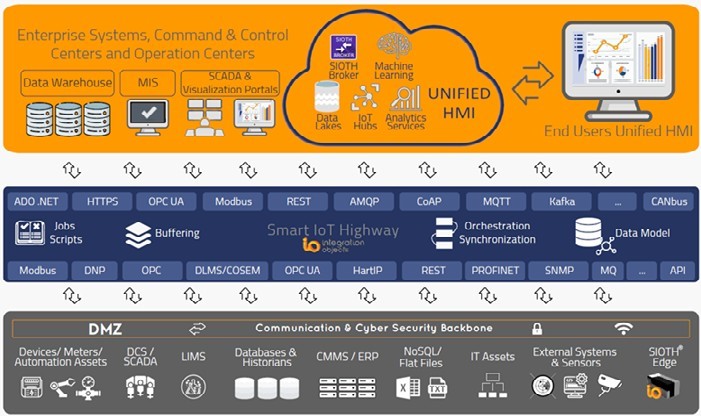
SIOTH® Platform Overview
Key SIOTH® Capabilities
SIOTH® presents a robust solution tailored to streamline the data archiving process and facilitate seamless IoT integration in the realm of remote monitoring, boasting the following capabilities:
- Automated Data Gathering and Archiving: SIOTH® seamlessly integrates with OT data source such as OPC UA servers, RTUs, PLCs and automation devices, empowering organizations to collect and archive real-time and historical data, alarms, and events across remote industrial sites.
- Cyber Security: SIOTH® protects the data flowing over the networks within remote sites and between each site and the central location through robust data encryption and integrity capabilities. Additionally, SIOTH® offers advanced security features such as user authorization, role-based access control, and high availability.
- Scalability: As a scalable platform, SIOTH® can expand indefinitely, accommodating local scaling for individual sites and global interconnectivity across multiple sites. It efficiently distributes data exchange tasks among multiple nodes and duplicates jobs and services for rapid recovery post-failure, ensuring seamless scalability.
- Historian: SIOTH® integrates a time-series historian by default, consolidating data from disparate sources into a centralized repository. This enables organizations to access and analyze historical data seamlessly, regardless of its origin, enhancing decision-making capabilities.
- Protocol Conversion: SIOTH® facilitates protocol conversion, streamlining integration with legacy OT systems and enabling the translation of data formats of the OPC UA information model or other specific formats configured by users as well as payload transformation, ensuring interoperability and seamless data exchange.
- Flexible Data Modeling: SIOTH® offers flexible data modeling capabilities, allowing organizations to define and configure their own data models aligned with specific industrial processes and requirements. This fosters data consistency across different sites, enhancing the accuracy for analysis and reporting.
- Advanced Rules, Workflows, and Visualization: SIOTH® provides a comprehensive suite of advanced features including:
- The job engine module for rules and workflows management. Rules are configured to monitor communication health with remote sites and trigger notifications and workflows accordingly, while workflows can encompass corrective procedures, escalation procedures, or reports generation.
- A Unified HMI module for web-based visualization, dashboarding, and SCADA functionalities, providing deeper insights into data, trends, patterns, and anomalies monitoring, empowering organizations to make informed decisions.
Use Case
An Oil & Gas company engaged in remote monitoring across various sites, each equipped with diverse automation systems, requires a dependable data integration solution to manage real-time data across multiple sources and replicate a data subset to a central environment.
SIOTH® effectively addresses this requirement by deploying SIOTH® nodes equipped with local historians at each remote site to seamlessly integrate and archive real-time data. This setup facilitates replication to a centralized historian, ensuring robust data management despite variations in communication channels.
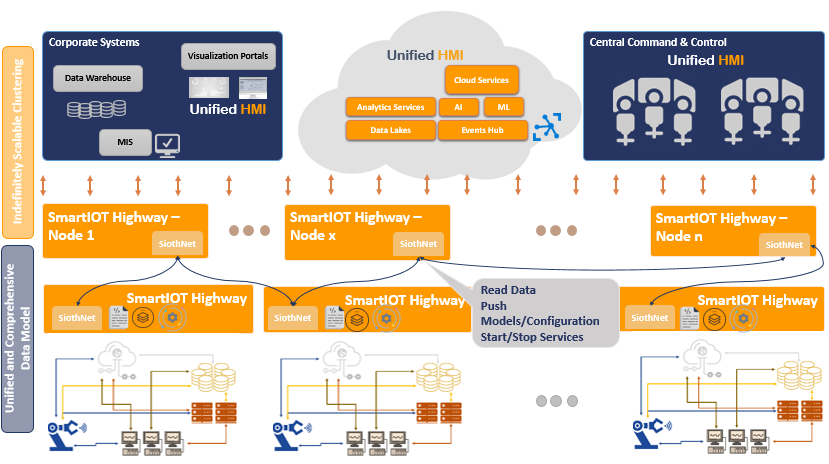
SIOTH® for OPC UA Historian Solution for Remote Site Monitoring
How SIOTH® Meets Use Case’s Requirements
- Connectivity:
- Multi-source data aggregation: SIOTH® OPC UA Universal Server seamlessly collects data from multiple OT data sources including OPC UA servers, centralizing them into a unified interface.
- Protocol Flexibility: supporting multiple industrial communication protocols ensures compatibility with a wide range of devices and systems, including legacy systems.
- Reliable Data Integration: SIOTH® provides store and forward capabilities to ensure reliable data integration and subsequent archiving, reducing the risk of data loss during network disruptions. Data accumulated during disconnections are automatically transmitted to the central server once the connection is restored.
- Automatic reconnection without user intervention: automatic reconnection mechanisms minimize downtime by continuously attempting to reconnect to data sources.
- Customizable reconnection policies: Organizations have the flexibility to customize reconnection parameters and policies according to their specific needs.
- Scalability: SIOTH® is deployed on a cluster of several nodes, where
- Each node is available on a remote site,
- Remote nodes communicate with the master node to share data sets destined for the centralized location,
- The master node can monitor and manage the remote nodes.
- Cybersecurity:
- Secure Communications: Robust security measures provided by SIOTH® ensure secure communications between devices and systems, supporting OPC UA security options to maintain message integrity and confidentiality through encryption and singing.
- Network segmentation: The SIOTH® nodes are deployed on DMZ layers, Level 3.5, in compliance with the Purdue model and firewall rules restrictions.
- Data Flow Control: SIOTH® ensures controlled data flow from source to destination, preventing data from being written into critical OT systems.
- Archiving and Centralized Historian:
- Data Archiving: SIOTH® offers comprehensive archiving options, enabling organizations to securely store historical data using a default time series historian or integrating with existing historians or databases.
- Centralized Historian: Data from multiple SIOTH® nodes are centralized onto a single historian, simplifying data management and access for integration with cloud services and third-party applications.
- Remote Management: The master SIOTH® node enables centralized configuration and management, allowing end users to remotely deploy SIOTH® Connectors to remote sites, manage and edit configuration of data flows at remote sites, and monitor communication statuses with remote sites.
Watch SIOTH Demo
SIOTH® stands poised to meet evolving data management and IoT integration needs, empowering organizations to thrive in today’s competitive landscape.

